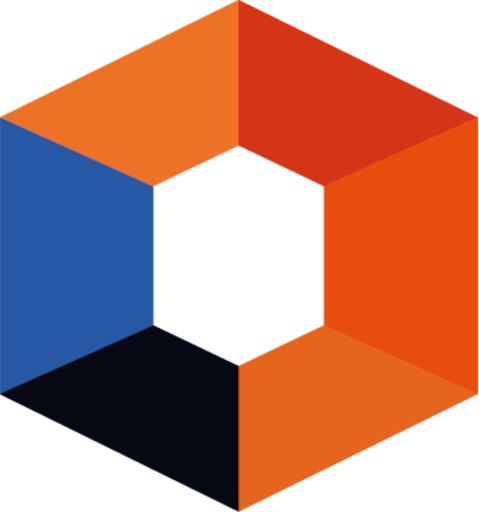Platforms provide tools. Creatives provide meaning.
Social platforms will soon hand every brand the same AI horsepower. None will hand over the missing link: what to talk about, what the audience actually wants to read, see, or watch, and what stays on brand. Creative comes first. AIGC is only the tool.
Proof in Plain Sight: TikTok’s New Stack
TikTok keeps making creation easier.
Smart Split turns long videos into multiple shorts ready for the feed. It auto clips, reframes, captions, and transcribes, and you can post straight from TikTok Studio Web. AI Outline goes earlier in the process. From a prompt or Creator Search Insights, it proposes titles, hooks, hashtags, and a six part outline that creators can edit. Subscriptions also increase the potential share of payouts for eligible creators, which encourages even more output across the platform.
These features remove friction and expand volume. They do not decide what matters. They make more content; they do not make better stories.
Tools Optimize How. Creative Defines What and Why.
AI can format, resize, and publish across placements in seconds. It cannot choose the cultural tension worth entering, set the line a brand should never cross, or build a narrative that invites belief and action. That is expert work rooted in strategy and taste.
Consumers Will Generate. Professionals Will Engage.
Anyone can now make decent looking content. Much of it is interchangeable. Effective engagement comes from judgment: which story to tell, which proof to show, which detail to cut, and which distribution context will help the idea land. That judgment is learned through creative strategy and brand development, not discovered by autocomplete.
What Professionals do that AI Doesn’t
- Define the fight that actually grows preference in the category.
- Translate positioning into territories, messages, and proof so the brand is not just visible but legible.
- Codify identity so models learn true consistency across visuals, voice, and product representation.
- Direct the craft so outputs feel brand made, not tool made, through pacing, framing, sound, and type discipline.
Keep experts in charge: a compact creative OS
- Audience truths. Map real tensions and jobs to be done to anchor topics in relevance
- Brand DNA. Encode visual and verbal rules so training produces consistency instead of guesswork.
- Territories. Choose three to five lanes where the brand has authority, then generate within them.
- Message architecture. For each territory, set claim, proof, counterpoint, and a clear call to action.
- AIGC guardrails. Use prompt libraries, negative prompts, approved palettes, and consistency sets for products and people.
- Placement-first craft. Design for native specs, hook logic, type legibility, and sound on or sound off realities.
- Pro review and learning loop. Require a human pass for coherence and codes, and measure against fit to audience and brand, not just reach.
The Stakes if Creative is Missing
Treat AIGC like a content factory and the pattern is predictable. Spend rises while preference stalls. Distinctiveness fades as assets drift from brand codes. Saves and shares drop, limiting organic distribution and forcing paid to work harder for fewer gains. Volume increases. Impact does not.
Bottom Line
For brands adopting AIGC, HubStudio makes it work by putting creative first. The team codifies Brand DNA and audience truths into a Creative OS, trains private prompt packs and negative prompts, builds consistency sets for products, people, color, and type, and enforces senior creative review to keep every asset on-brand across placements. Elite creatives partner with AIGC engineers to ship visuals, short video, e-commerce packs, and campaign adaptations quickly, then tune performance on save rate, share rate, 3-second hold rate and full-view rate, Brand Fit, Distinctive Asset Recognition, Speed-to-Asset, and Cost per Qualified View. The outcome is more effective content, not just more content.

